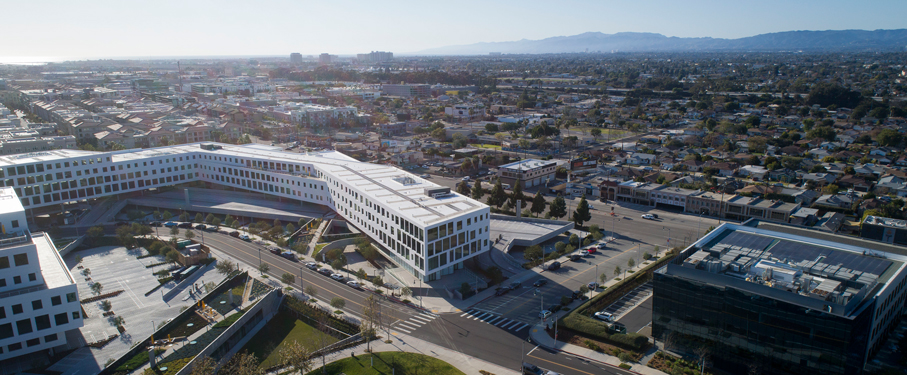
Inspect the property before you sign a lease. Below is a sample checklist to guide you during your inspection:
- Turn on all faucets/showerheads to make sure the hot/cold water works.
- Confirm that there is at least one smoke detector per floor, especially in or near each bedroom.
- Check the thermostat and make sure the heat/air conditioning work properly.
- Make sure there is a sufficient amount of outdoor lighting for your safety.
- Open windows to check the condition of their hardware and to make sure they are not painted shut. Bedroom windows should be large enough to escape through in case of a fire.
- Inspect the walls, floors, and carpet for moisture damage or mold.
- Verify closets and other storage areas of the apartment have properly secured fixtures/cabinetry.
- Make sure all exterior doors have functioning locks.
- Check all appliances to be certain that they work, especially the refrigerator.
- Talk to the current tenants to see if they have had any problems or issues.
- If you see any issues and/or needed upgrades, discuss each item with the landlord. If they agree to your requests, be sure to put each item in writing in the lease.
What to Expect When Signing a Lease
- Everyone on the lease may be asked to fill out an application. This is usually associated with a $30-75 fee per person. The landlord may also choose to perform a credit check.
- Many landlords also require tenants under 23 to have a cosigner, often a parent/guardian.
- Make sure all tenants and cosigners sign the lease and submit it together at one time.
Read your lease, and be sure everyone keeps a copy for themselves. Do not designate one person to keep the lease — it is a very important, legally binding contract.